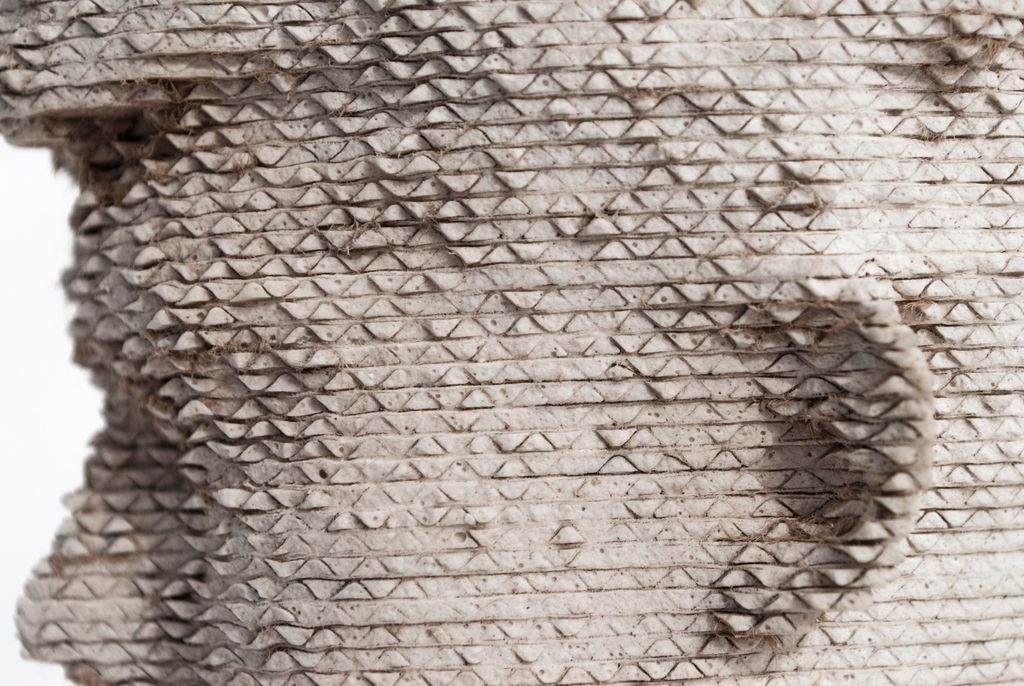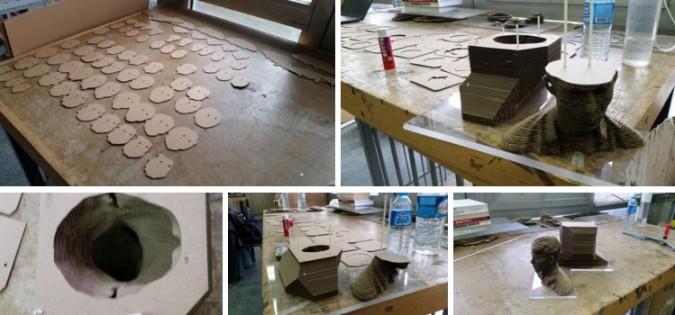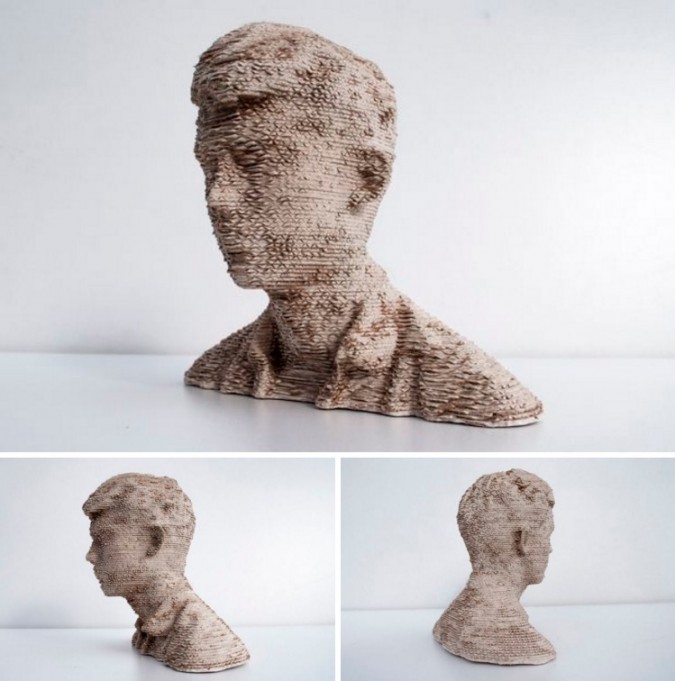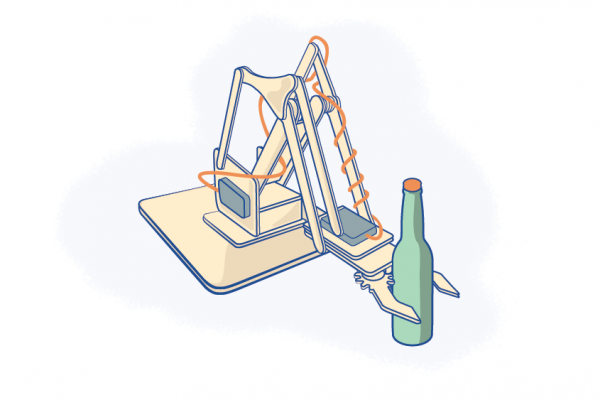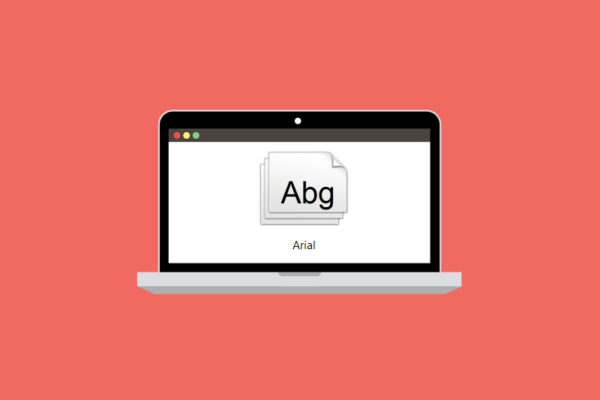Giving traditional sculpture techniques a digital manufacturing makeover
A plaster cast of your head is a great novelty, but the process of acquiring one has not traditionally been a pleasant experience. Thanks to a post by Koen Fraijman on Instructables, immortalising yourself with a sculpted bust just became a whole lot easier. How did he do it? By using laser cutting!
Scan and edit the 3D file
The process begins with a digitised scan of the subject – in this case, it’s Koen’s own head. A moderate understanding of the program Rhino is required for the next few steps, where a mold is built around the imported 3D scan. This is also the time to include locator holes, so that pins can be used to aid in lining everything up during assembly of the sliced model. Rhino’s Nest takes care of the slicing, and also prepares everything nicely for laser cutting.
It is important to choose materials carefully and make sure the layer height is correct before heading to the laser cutter. Koen decided on cardboard because it enabled a relatively easy cleanup process once the plaster was poured, and the cardboard flutes also give the model an interesting surface texture.
Cutting the sliced model
Once you’ve had all the elements laser cut at your local maker space or perhaps your Ponoko Personal Factory, the mold is ready to assemble. As a bonus, all of the inner segments that make up the void can also be stacked to give you an additional head sculpture!
Pour, clean up and then stand proud…
Making plaster can get a bit messy, but there are plenty of tips on Instructables and Koen includes a few handy hints in his post. After a couple of hours, the plaster will be set and it is time to literally unbox your sculpture. Because the cardboard is brittle/soggy (when wet) and the plaster creeps into all the nooks and crannies that it can, the cleanup can be a bit laborious – but the results, as you’ll soon discover, are well worth it:
A very distinctive permanent record of how you would look, should you be made of (in this case) corrugated cardboard! Koen’s key innovation of using laser cutting to create a mold for the plaster cast made this process quite different to the way molds are usually taken.
With the ease and accessibility of 3D printing in workshops across the globe, it is good to be reminded that some of the old stalwarts of model making and sculpture are still viable options… even if they have had a helping hand from a 3D scanner and laser cutter.
See the full process on how to make a plaster cast from a laser cut mold on Instructables.
